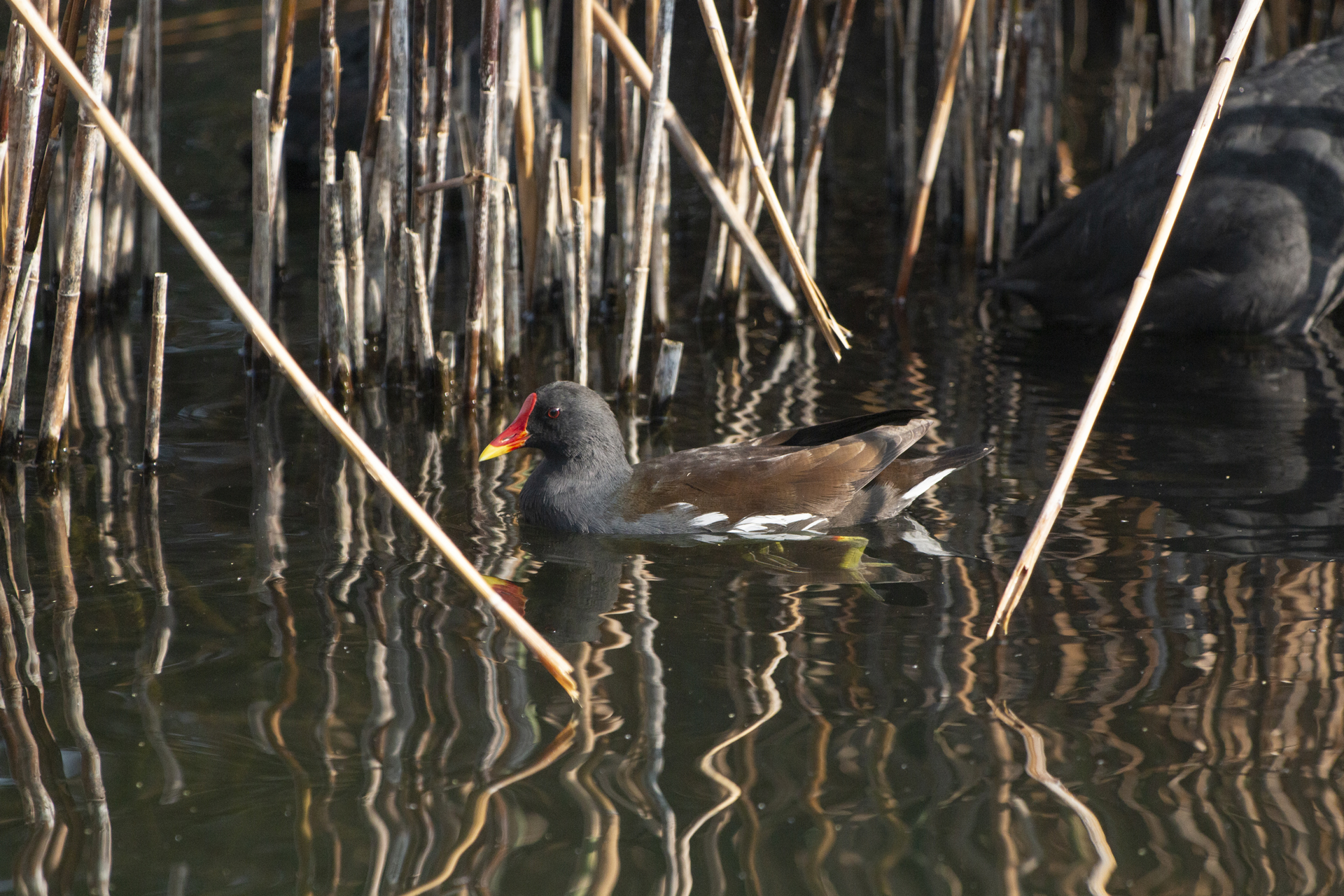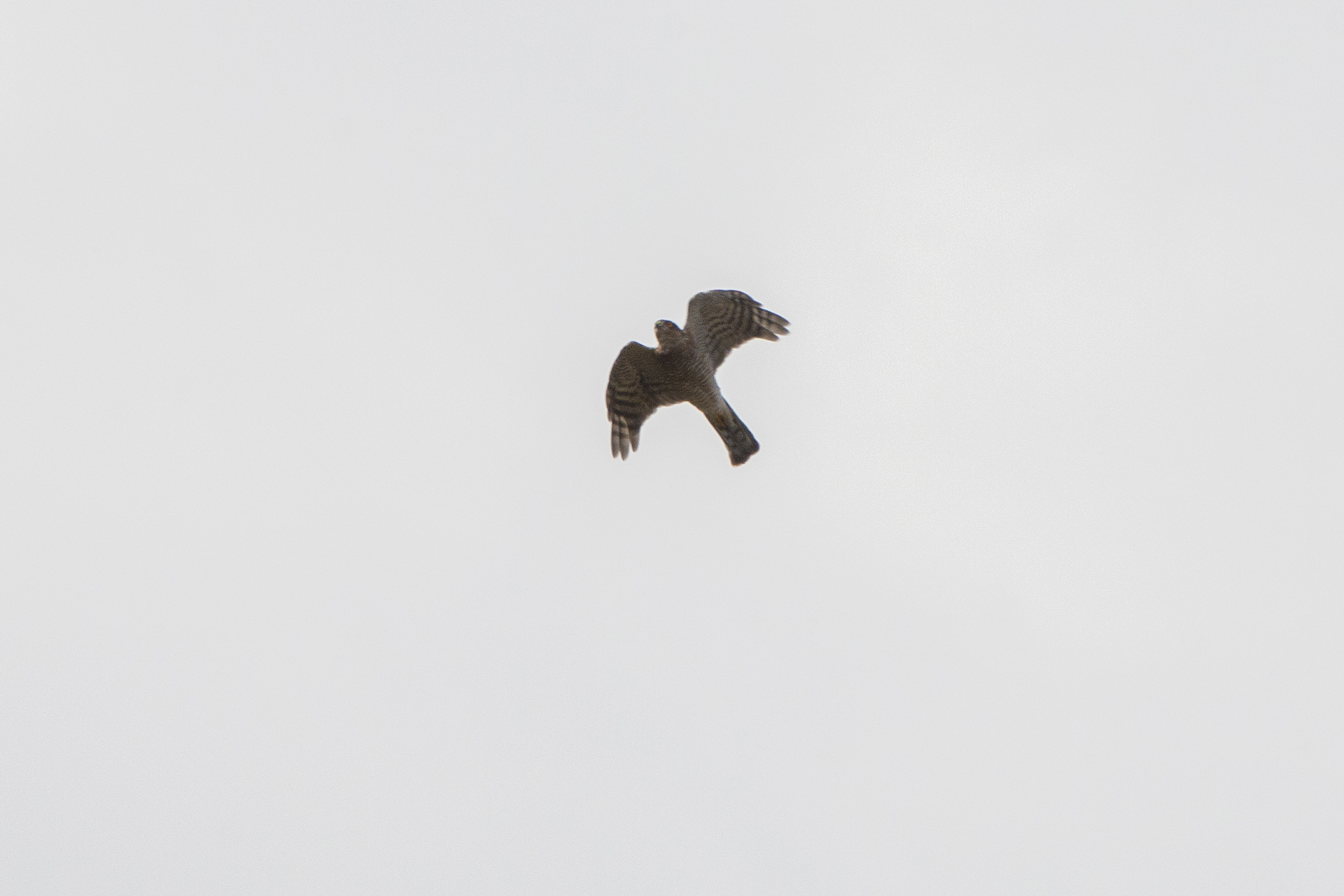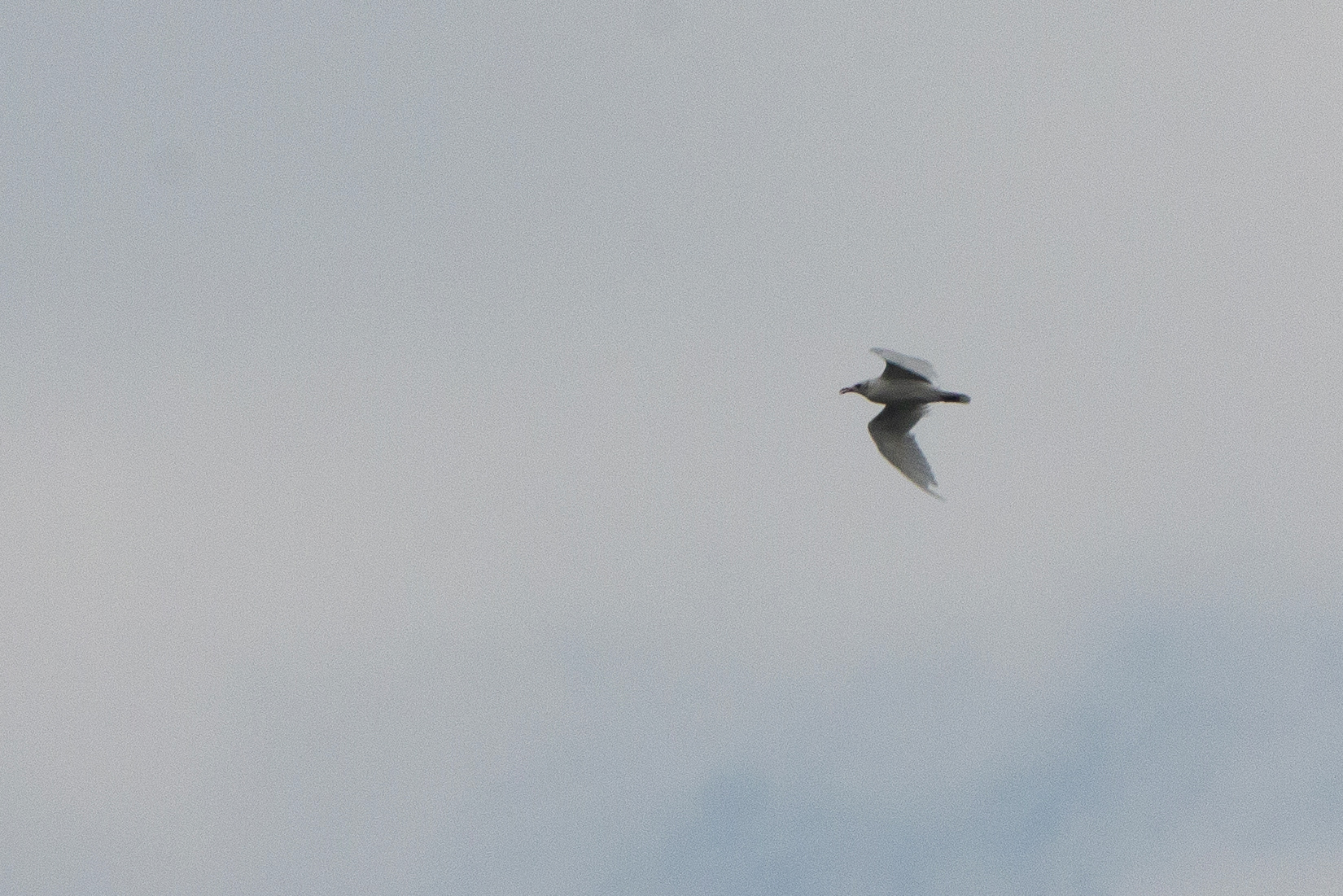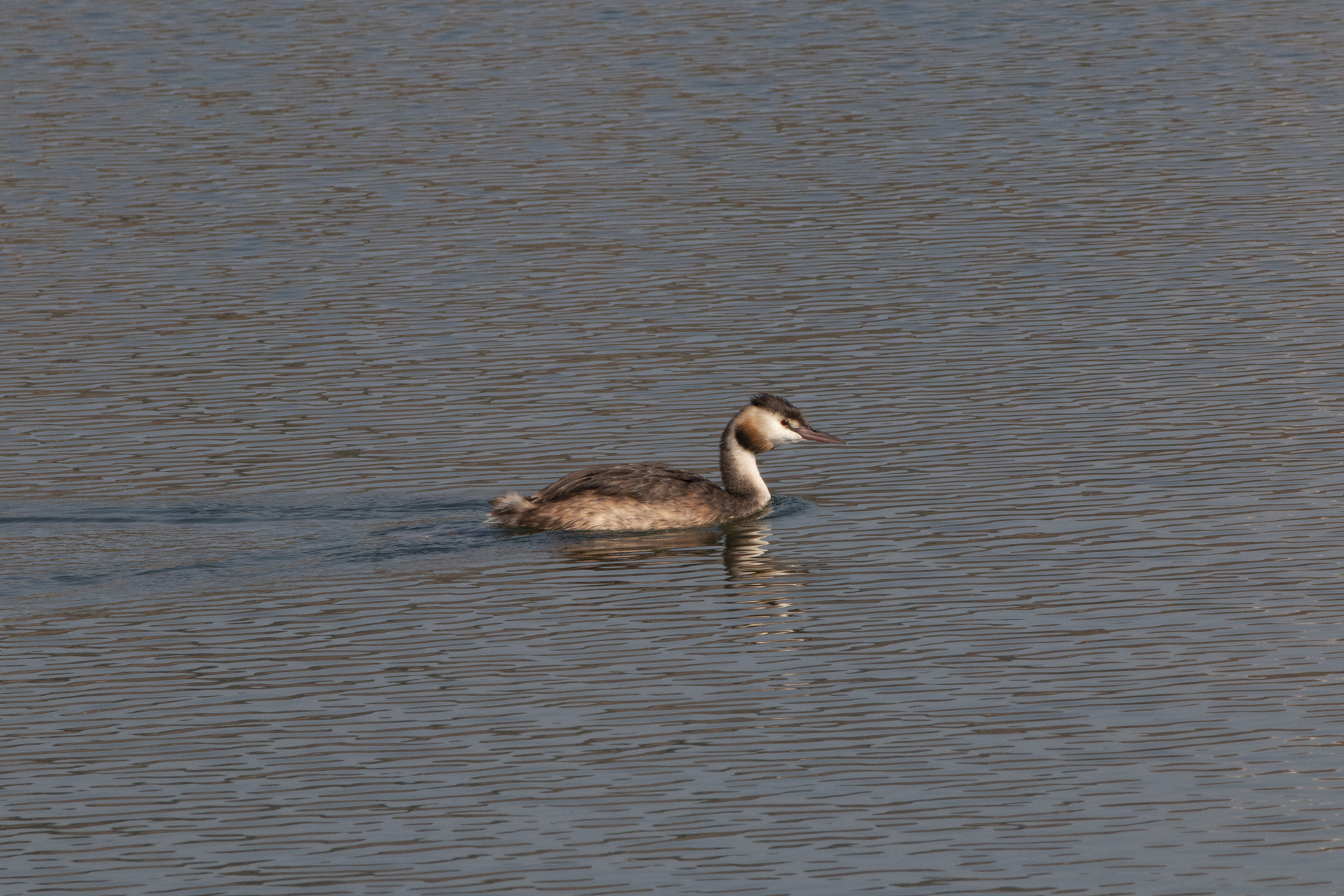On Sunday 20 September we returned to Lake Avernus, in the Phlegraean Fields, for our usual nature walk focused on birdwatching. After starting the tour, we immediately begin sightings with the most characteristic species of this volcanic lake: Eurasian Coot (Fulica atra), Common Moorhen (Gallinula chloropus) and Great Crested Grebe (Podiceps cristatus).

While we illustrate the morphological characteristics and the different feeding techniques, two Kingfishers (Alcedo atthis) cross, like two blue flashes, the body of water in front of us.ù
Continuing the path, looking towards the orchards surrounding the lake, we have the opportunity to present the Wood Pigeon (Columba palumbus) and then the Eurasian Jay (Garrulus glandarius) and the Eurasian Magpie (Pica pica), thalking about the recent expansion of these species (also in urban and peri-urban environments).
Largemouth Basses (Micropterus salmoides) and Slider Turtles (Trachemys ssp.) instead give us the opportunity to talk about the problems related to the presence of invasive alien species. Issue that we also face from a floristic point of view, after a few hundred meters, when we meet Ailanthus and on the tuff walls, at a distance, Agaves and Barbary Figs.
Instead, illustrating the native Oleander and its toxins, we are interrupted by the song of the Cetti’s Warbler (Cettia cetti), another omnipresent species in the protected area, which for a few seconds can be admired in plain sight.
Arriving at the entrance to the Cocceio cave, even if we do not have the opportunity to observe them, we take the opportunity to talk about bats and the fundamental functions they perform in the ecosystem. Two Common Kestrels (Falco tinnunculus) hunt in the distance.
When we reach the northeastern portion of the lake, we stop for a few minutes, with the binoculars facing the slopes of the crater, with the hope of spotting new species. Here we add House Martin (Delichon urbicum), Blue Tit (Cyanistes caeuruleus), Great Tit (Parus major), Western Marsh Harrier (Circus aeroginosus) and Eurasian Sparrowhawk (Accipiter nisus), with a beautiful male flying a few meters from our heads.

Returning to scan the water, in addition to the many Yellow-legged Gulls (Larus michaellis), we add Mediterranean Gull (Ichthyaetus melanocephalus) to the checklist!

Returning to the cars, after being quickly flown over by a Honey Buzzard (Pernis apivorus), we quickly look out over Lake Lucrino, contacting Grey Heron (Ardea cinerea) and Black-headed Gull (Chroicocephalus ridibundus).
Thus ends another Sunday day trip dedicated to birdwatching in one of the most interesting natural areas in the province of Naples.
We will return to Lake Avernus on Sunday 11 October, on the occasion of our participation in “IT.A.CA'”, the responsible tourism festival, don’t miss it!

CHECKLIST
- Great Crested Grebe (Podiceps cristatus)
- Grey Heron (Ardea cinerea)
- Common Buzzard (Buteo buteo)
- European Honey Buzzard (Pernis apivorus)
- Western Marsh Harrier (Circus aeroginosus)
- Eurasian Sparrowhawk (Accipiter nisus)
- Common Kestrel (Falco tinnunculus)
- Eurasian Coot (Fulica atra)
- Common Moorhen (Gallinula chloropus)
- Yellow-legged Gull (Larus michahellis)
- Mediterranean Gull (Ichthyaetus melanocephalus)
- Black-headed Gull (Chroicocephalus ridibundus)
- Feral Pigeon (Columba livia var. domestica)
- Wood Pideon (Columba palumbus)
- Eurasian Collared Dove (Streptopelia decaocto)
- Common Kingfisher (Alcedo atthis)
- Common House Martin (Delichon urbicum)
- Cetti’s Warbler (Cettia cetti)
- Eurasian Jay (Garrulus glandarius)
- Hooded Crow (Corvus cornix)
- Eurasian Magpie (Pica pica)
- Eurasian Blue Tit (Cyanistes caeruleus)
- Great Tit (Parus major)
- Italian Sparrow (Passer italiae)